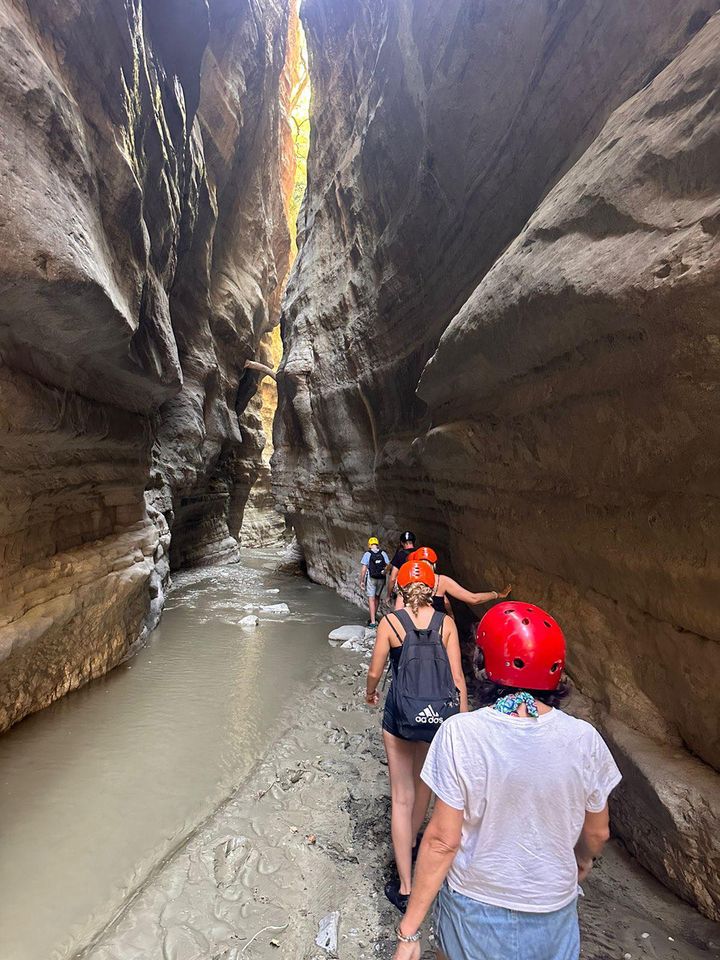9th BSEC Month of Culture
1-30 November 2025
Monuments – Republic of Albania
The Vjosa Valley has just been inscribed in the UNESCO’s World Network of Biosphere Reserves (2025).
Flowing freely from the Pindus Mountains in Greece to the Adriatic Sea, the Vjosa River along with its Valley form one of Europe’s last wild river systems. The Biosphere Reserve encompasses river channels, islands, and floodplains that are constantly reshaped by the river’s uninterrupted flow. This dynamic hydrology creates a unique mosaic of habitats, regulates water flow, stores carbon, mitigates floods, and supports the cultural traditions and livelihoods of the communities living alongside the river.
Ecological Characteristics
The Vjosa Valley is home to one of Europe's most intact river ecosystems, comprising braided channels, gravel bars, riparian forests, wetlands and coastal lagoons. It shelters more than 1,600 recorded species, many of which are rare or endangered. The Vjosa Delta and Narta Lagoon contain up to 18 Natura 2000 habitats and are critical stopover and wintering sites for migratory birds, such as the greater flamingo (Phoenicopterus roseus) and the Audouin's gull (Larus audouinii).
Socio-Economic Characteristics
Local livelihoods are deeply connected to the seasonal cycles of the river and include floodplain farming, river fishing, pastoralism and cultural festivals. Traditional knowledge of water dynamics, channel shifts and fertile floodplain management underpins sustainable agricultural practices and cultural identity.
Travel Tip!
The area is also developing nature-based tourism centred on rafting, birdwatching, and cultural heritage, linking local economies with river conservation.
Sources and photographs taken from: https://www.unesco.org/en/mab/vjosa-valley?hub=66369
#ICBSS #MoC2025 #CultureBSEC #Albania #Monuments





